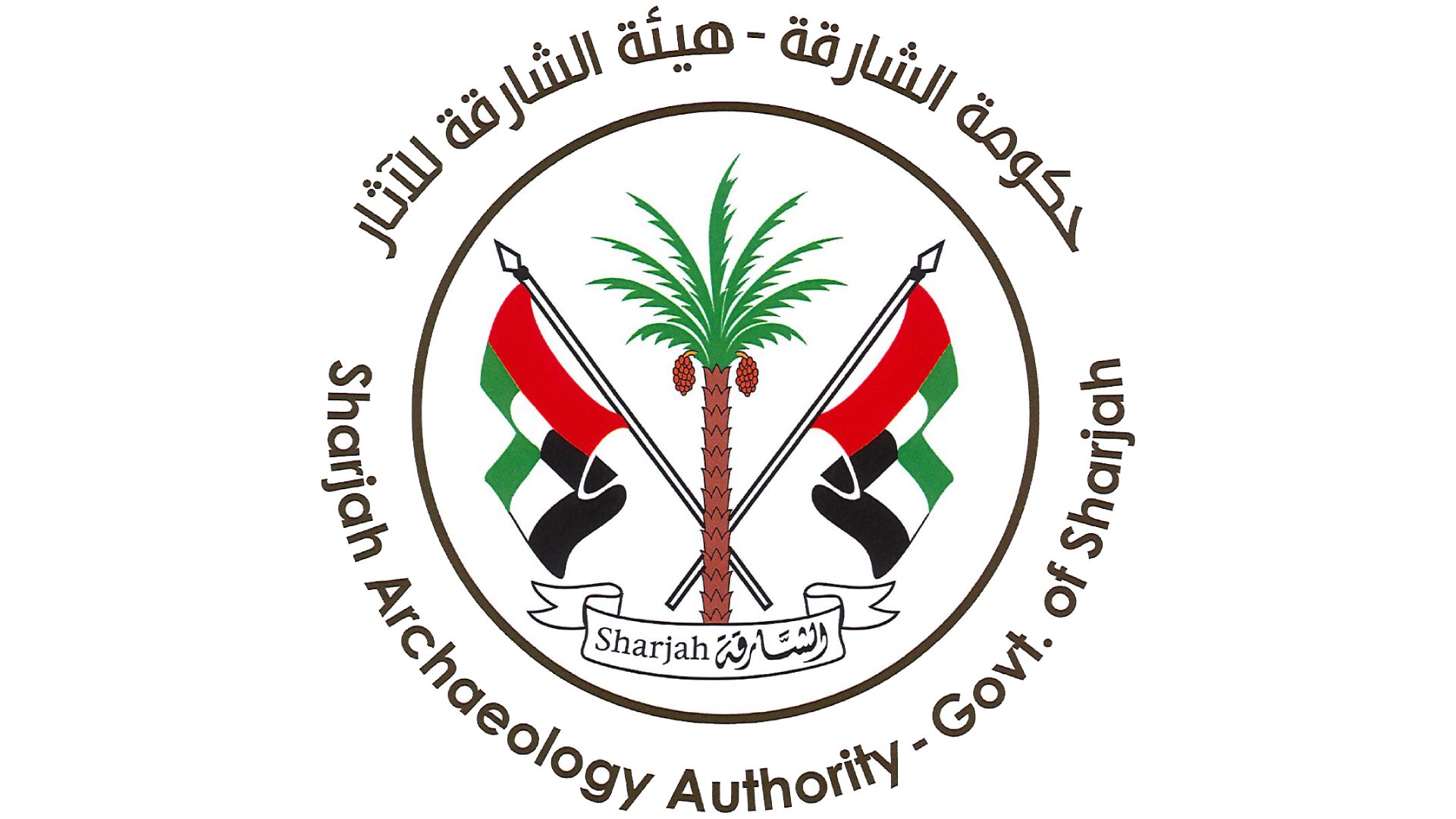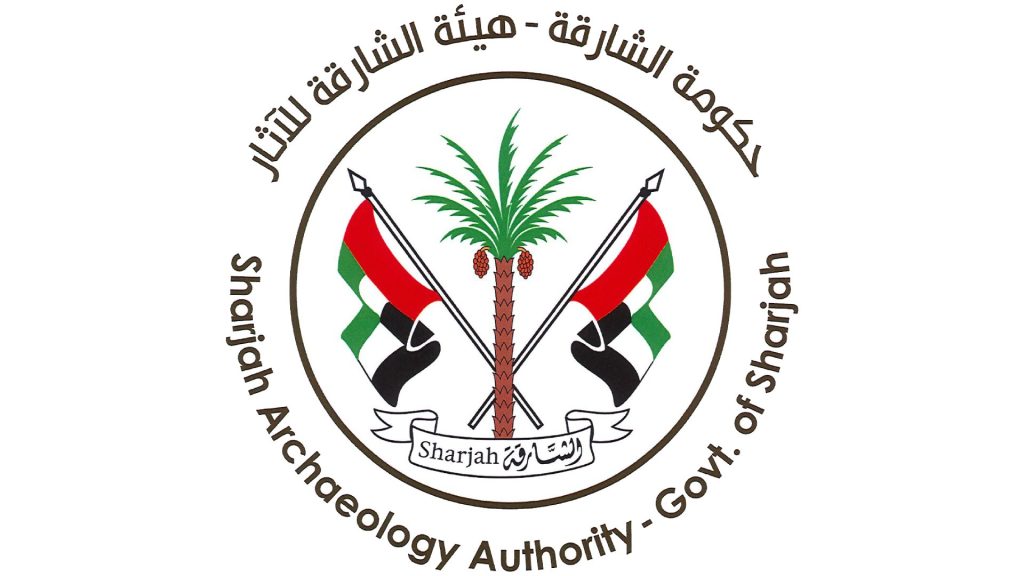Sharjah Archaeology Authority (SAA) organized an introductory tour for a delegation from the Commerce and Tourism Development Authority (CTDA), during which they visited several archaeological sites, and learned about the results of excavations carried out by the Authority to reveal more monuments and material finds that indicate the existence of human settlement thousands of years ago. Such discoveries are an additional encouraging factor for tourism promotion, and contributing in translating the agenda and plans of the Commerce and Tourism Development Authority (CTDA), and its tourism programs into reality, especially that many excavations in Sharjah have important stories and relics dating back to the stone ages.
The tour was attended by a delegation from Sharjah Commerce and Tourism Development Authority (SCTA), Sharjah Archaeology Authority (SAA), Issa Youssef, Director of Archeology Department at SCTA, and a number of SCTA staff.
Value added in relation to archaeological tourism
Issa Youssef, Director of the Archeology Department at Sharjah Archaeology Authority (SAA), said: “We took our partners in the Commerce and Tourism Development Authority (CTDA) on a tour of several archaeological sites, which included Jabal Al-Buhais, the Western Fort, Wadi Al-Helo, and Khatm Al-Malaha, where the sites and their contents were identified. We provided the visiting delegation with a lot of information that may constitute an added value for the Authority and its tourism programs, especially in relation to archaeological tourism.”
Jabal Al-Buhais
“There is a very important burial site in Jabal al-buhais, which includes more than 600 skeletons dating to different periods, and burials from the stone ages, where these skeletons (some are complete, and some are fragments) were found in groups, as well as in individual form, necklaces with such skeletons, and 64 perforated pearls were also found, indicating that it was used as an ornament for individuals, they are considered the oldest in the world, and they have been found with or near those skeletons, some of them dating back about 7 thousand years. He explained that excavations are still ongoing, meaning, we have a lot to work on to discover and add to the great archaeological record of Sharjah”.
He explained that Jabal Al-Buhais, which rises to about 340 meters above the level of the adjacent plains, is considered an important archaeological site on the UAE level, throughout history, as a human settlement area for thousands of years, where the foothills and surrounding area have witnessed a series of intensive archaeological excavations during the past years.
Mr. Majid Al Suwaidi, Director of local promotion, Sharjah Commerce and Tourism Development Authority (SCTA), added: “We are honored to receive the SCTA delegation during the tour of various archaeological sites in the emirate, as these monuments are an important part of the tourism experience we promote locally and internationally. In addition, Sharjah Tourism seeks to enrich the visitor and tourist experience by transferring knowledge about the region’s historical and cultural heritage and offering an exceptional tourism product to enhance the tourism sector in the emirate of Sharjah, to ensure its sustainability and development process, specially, these archaeological sites have become the focus of the world’s attention today because of the rare finds and encounters that are found, after the ongoing excavations carried out by the Sharjah Archaeology Authority (SAA), making them an exceptional destination that offers visitors, from inside and outside the state, and those interested in history and antiquities, a time trip that returns them to distant times, and tells them the stories of the people of the place.”
This tour has helped in supporting Sharjah’s tourism, archaeological and cultural destination, turning these sites into tourist attractions, based on a vital and effective collaboration with the Commerce and Tourism Development Authority (CTDA), in order to promote Sharjah’s antiquities through important discoveries made during excavations, which have changed the human history of the UAE and Sharjah.



